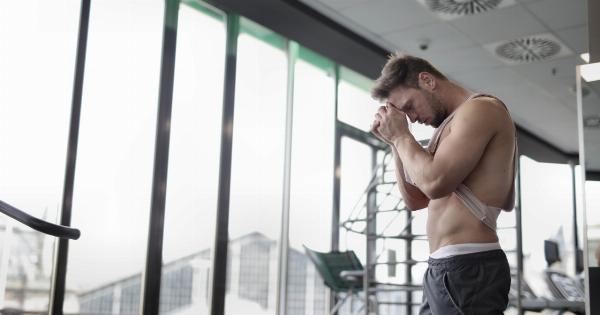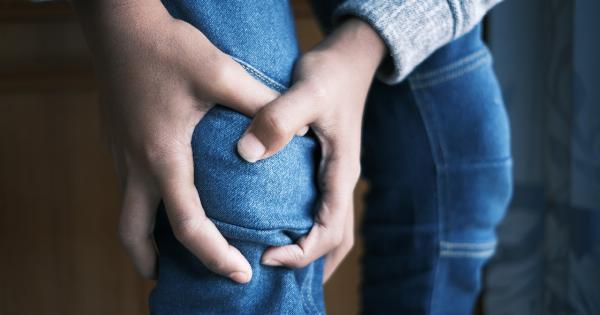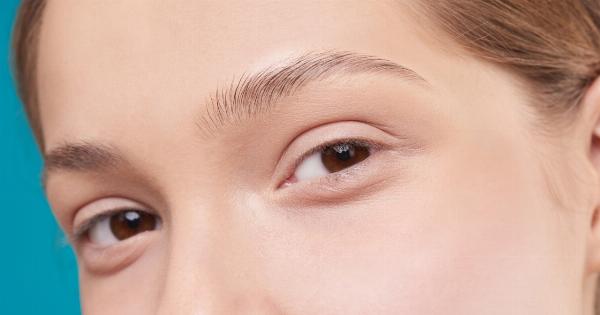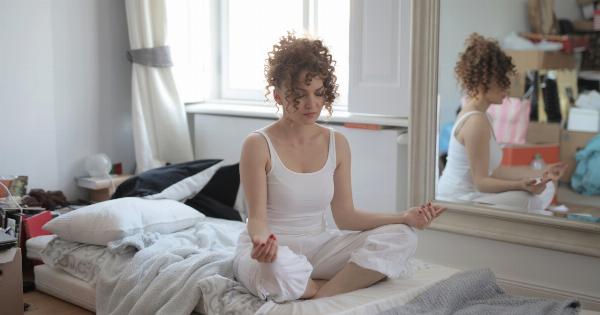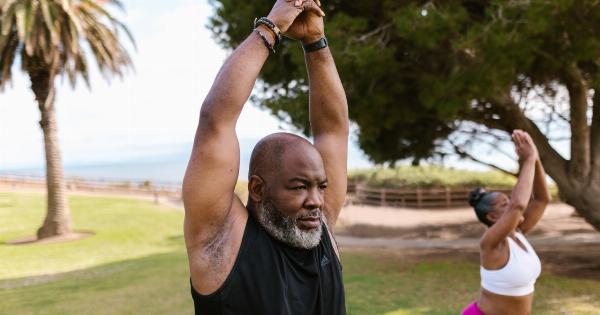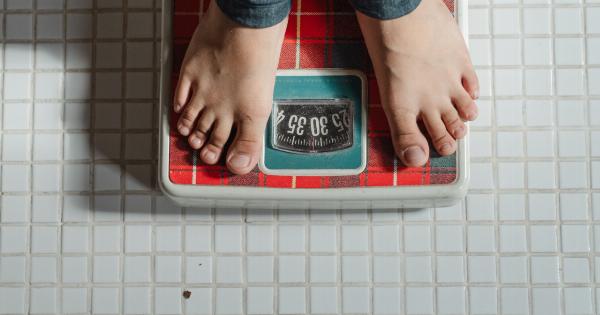Standing for extended periods is a common occurrence for many individuals, particularly those who work in retail, hospitality or healthcare.
While standing for short periods may not cause any harm, prolonged periods of standing can take a toll on the body. In this article, we will explore the impact of standing on the human body and what can happen when we stand for too long.
What Happens to Muscles and Joints?
Standing for extended periods puts a considerable amount of strain on the muscles and joints in our body. In the lower body, the muscles in the feet, calves, and thighs work harder to maintain posture and support the body’s weight.
This can cause fatigue, pain, and stiffness in the legs and feet, and increase the risk of developing varicose veins.
Standing for prolonged periods can also cause joint pain, particularly in the knees and hips. Over time, this can lead to joint damage and arthritis.
The lower back is also affected by prolonged standing, as it must work harder to maintain the body’s posture. This can cause lower back pain and discomfort.
How Does Standing Affect Blood Circulation?
Standing for long periods can also have a negative impact on blood circulation. The body’s natural mechanism for circulating blood is the heart, which pumps blood through the arteries and veins.
However, when we stand for extended periods, gravity can cause blood to pool in the legs. This can cause swelling in the legs and ankles, as well as pain, fatigue, and discomfort. In severe cases, it can cause blood clots and deep vein thrombosis.
What Happens to the Lungs and Heart?
Standing may seem like a low-impact activity, but prolonged standing can have a significant effect on the lungs and heart. This is because standing restricts the flow of oxygen and blood to the heart and lungs.
When we stand, the lungs are compressed, making it harder to breathe. This can lead to shortness of breath, fatigue, and even fainting.
Standing for long periods can also put extra strain on the heart, leading to an increased risk of heart disease. This is because standing increases the heart’s workload, as it must work harder to pump blood against gravity.
In some cases, prolonged standing can cause orthostatic hypotension, which is a sudden drop in blood pressure when standing up.
What Can We Do to Alleviate the Effects of Standing?
While many jobs require standing, there are steps we can take to alleviate the adverse effects of standing for prolonged periods. Here are a few tips:.
- Wear supportive and comfortable shoes that offer adequate arch support and cushioning.
- Use a mat or rubberized flooring to reduce the impact of standing on hard surfaces.
- Take frequent breaks to sit down and rest the legs.
- Stretch regularly to keep the muscles flexible and reduce stiffness and pain.
- Use compression stockings to improve blood flow and reduce swelling in the legs.
- Stay hydrated by drinking plenty of fluids.
Conclusion
Standing for extended periods is a common occurrence in many workplaces, but it can have significant adverse effects on the body. Prolonged standing can cause muscle and joint pain, reduce blood flow, and lead to heart and lung problems.
However, by taking frequent breaks, wearing supportive shoes, and using compression stockings, we can ease the impact of standing on the body and reduce the risk of associated health problems.

